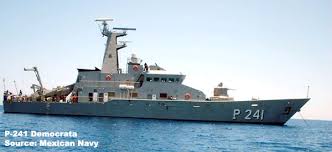
Introduction
The conflict between Ukraine and Russia has recently escalated with a significant drone strike targeting Russian bombers at an airfield in Crimea. This attack is a pivotal moment in the ongoing struggle, drawing attention to the changing dynamics of military engagements within the region. As drones become an increasingly critical component of modern warfare, the implications of such attacks extend beyond tactical victories, affecting geopolitical stability and military strategy on both sides.
Details of the Attack
On October 25, 2023, Ukrainian forces successfully executed a drone strike that resulted in the destruction of multiple Russian bombers stationed at Saky Air Base in Crimea. The drones used in this operation were reportedly modified to enhance their payload capabilities, allowing them to target high-value assets effectively. Eyewitness reports indicate explosions that were seen and heard from several kilometers away, vividly demonstrating the impact of the strike.
This operation comes as the Ukrainian military continues to bolster its drone capabilities, utilizing both domestically designed and foreign-supplied UAVs. Experts believe that the strike will not only disrupt Russian operations but also serve as a statement of Ukraine’s growing ability to conduct precision strikes deep within occupied territories.
Responses and Repercussions
The Russian military quickly condemned the attack, claiming that Ukrainian forces have engaged in acts of terrorism. In retaliation, Russia has increased aerial assaults on Ukrainian infrastructure, creating an even more precarious situation for civilians. International responses have varied, with NATO allies reaffirming their support for Ukraine while cautioning against further escalations.
An analysis of the attack suggests that it signifies a shift in Ukraine’s military strategy, with an increased focus on striking key strategic assets. This tactic not only undermines Russian operational capabilities but also aims to boost Ukrainian morale amidst prolonged hostilities.
Conclusion
As the conflict continues, the significance of the recent drone attack on Russian bombers cannot be understated. It illustrates the evolving nature of warfare, where technology and innovative tactics play a crucial role in military effectiveness. Looking ahead, experts predict that we may see an increased reliance on drone warfare from both sides, potentially reshaping the battlefield and altering the course of the conflict. For observers of the conflict and policymakers alike, understanding these dynamics will be essential in navigating the ongoing and complex struggle for control in Eastern Europe.






